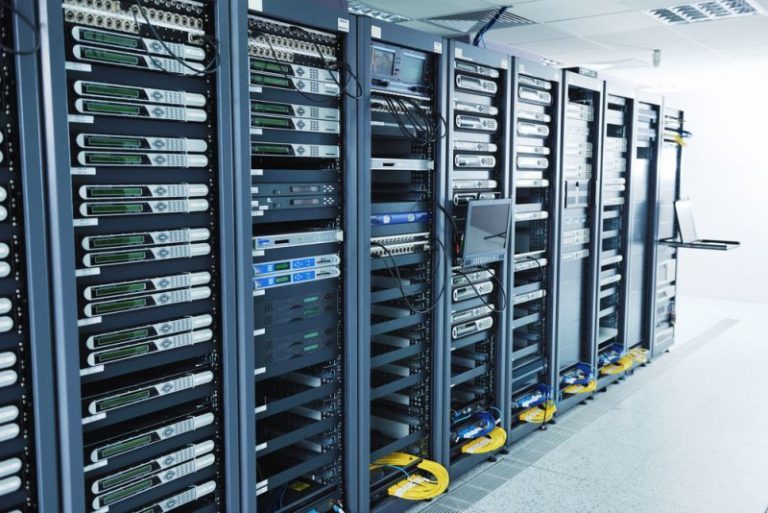
The Need for Hyperscale Data Centers

In the field of technology, an ever-changing demand exists for faster, more efficient services. Traditional data centers typically employ a similar design of network infrastructure that is well-known in its architecture and to IT workers; however, factors such as growth of internet applications and complex demands has increased the need to utilize hyperscale data center configurations. The transition from traditional data center designs is driven by the need for flexibility in supporting higher volume and more complex server configurations. Though most companies do not operate on the same scale as large companies such as Facebook or Amazon, it is beneficial to note the advantages of adopting such strategies.
Hyperscale data centers are developed from small nodes that offer computing, networking and storage solutions. The objective is to offer a single, largely scalable compute architecture by starting off with a small infrastructure and adding new nodes as demand increases. This presents a dual benefit as it allows businesses to keep initial investment costs low and also allow for expansion of the data center as the customer base grows. In most cases, with the addition of new nodes, the hyperscale software is able to re-position the workloads to the new nodes, creating an automated load distribution.
The market for hyper scale data centers is expected to experience significant growth in the coming years. Industries such as banking, manufacturing and energy have adopted use of hyper scale centers, and more industries are expected to follow in the future. Hyper scale data centers offer operating efficiencies, cost efficiencies and more; this technology makes for a revolutionary response to the growing demands for computing, networking and storage resources. For more information, contact us today.






